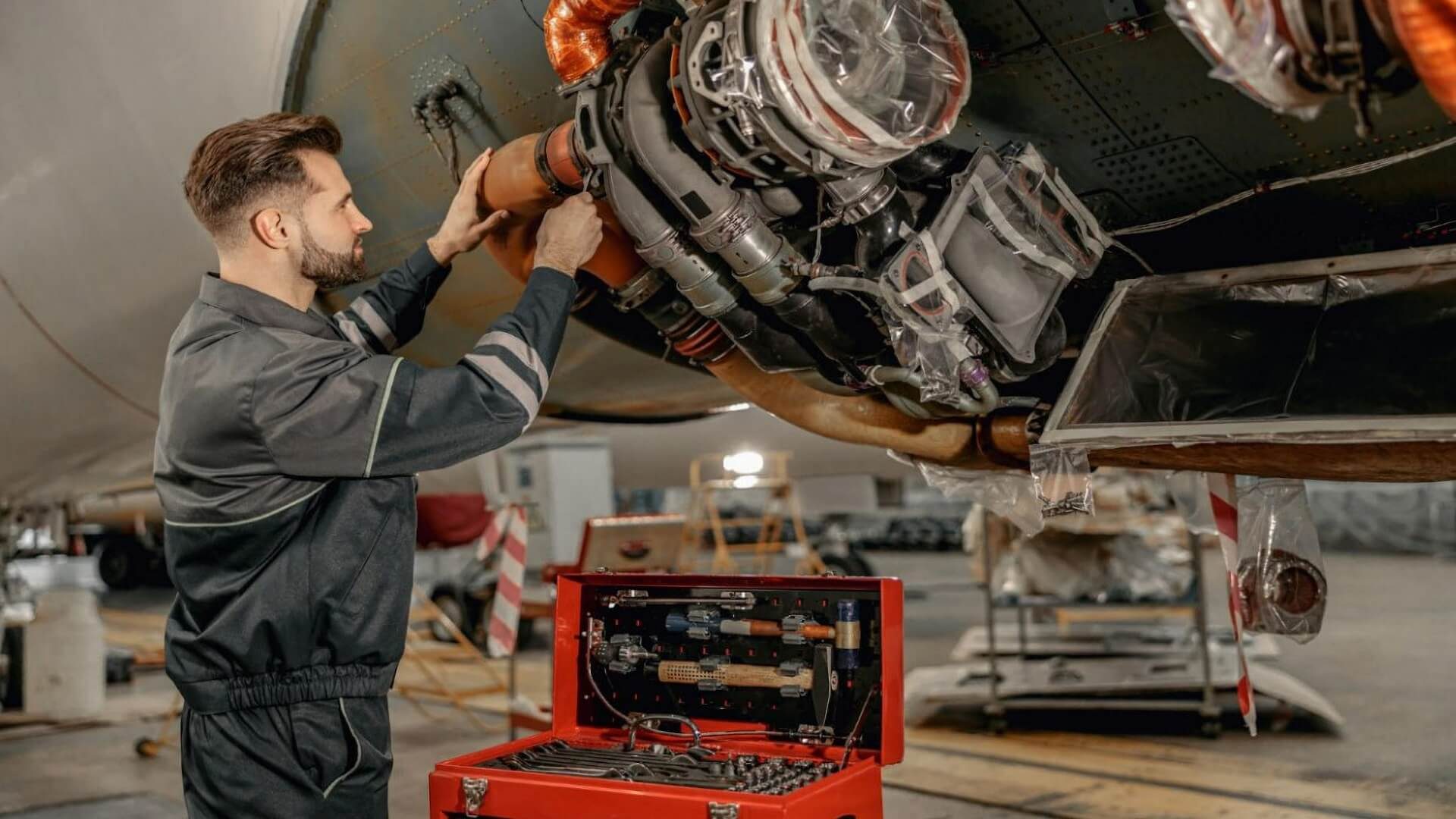Handling Aerospace Materials Management in 2023


In light of recent events, “uncertainty” has been the defining word for the aerospace industry.
Disruptive events like the Covid-19 pandemic, the raw material shortages, and the lack of skilled labor have completely changed the aerospace supply chain landscape as we know it.
As production begins to ramp up again, though, market leaders are facing new obstacles and are struggling to keep up. Here are some challenges to expect in 2023 and effective solutions that you can implement to stay ahead of the competition.
Challenges to anticipate
The increasing digitization of maintenance
The aerospace industry is projected to have explosive growth in the upcoming years. According to the Global Market Forecast, the total number of serviceable aircraft will double in the next 20 years.
MRO providers will see an increasingly demanding customer base looking for fast turnaround. It’s well known that a higher maintenance task grounds aircraft for at least 7 days. This can lead to dissatisfied and frustrated customers which in turn can hurt profitability.
Advancements in technology have drastically changed how businesses operate in the modern world. Legacy systems are simply not equipped with the tools needed to cater to the more sophisticated maintenance needs of the future.
Embracing digitization is no longer just an additional feature of your operation, but rather an absolute necessity for you to survive in a fierce, competitive global market.
Rising operational costs
As the airline industry is returning to normalcy in a post-pandemic world, the increase in demand has only resulted in a “bullwhip effect.” The amplified demand eventually leads to a spike in requirements which creates further strain in an already tight market.
MRO providers find it difficult to keep up with this demand which in turn leads to bottlenecks in the supply chain, extended lead times, and more shortages as the disparity in demand and supply outstrip capacity. The situation is exacerbated by inflation which has made prices of essential commodities, from fuel to raw materials, skyrocket in the past few months.
The rising costs have given more reasons for manufacturers to become lean in inventory and maintenance costs. Creating resilient systems that allow you to be judicious and preventative in approach.
For instance, automating processes such as data gathering, reporting, and analysis can not only free up human resources but can also cut down labor costs by half whilst doubling efficiency and accuracy. Adopting such strategies can help you minimize costs and maximize profitability.
Sophisticated problems require robust solutions
Leverage a predictive and preventative approach
As new technologies come into the fold, streamlining your aerospace materials management has never been easier—if you use the right tools, that is.
MRO software that harnesses the power of Industry 4.0 tools, such as artificial intelligence and machine learning, can do the heavy lifting for you when it comes to managing your inventory, storerooms, logistics, and much more.
It’s no doubt that the bread and butter of MRO is having the right tools at the right time in the right quantities. However, relying on manual processes and human expertise alone is not only inefficient and slow but also creates opportunities for errors that lead to loss.
Instead of making business decisions based on best guesses, you can leverage the power of smart analytics to make accurate predictions. For instance, smart tools can monitor machine performance to a high degree of accuracy, 24/7, with little to no human intervention.
This newly collected data along with historical data of past occurrences of production downtime can be used to simulate, model, and predict future downtime events.
Knowing what disaster will look like before it strikes is key to minimizing resulting damage. This approach prevents production halts, minimizes delays, and increases machine longevity. Ultimately, the result is a significant reduction in production costs.
Increase visibility across your operation
Aerospace supply chains are complex systems. One small disruption can lead to other delays further down the line, resulting in lower profit margins and increased downtime.
This brings us to the biggest challenge of the aerospace industry: a lack of visibility. Gaining a bird’s eye view of your entire supply chain can help you identify disruptions early on, giving you an opportunity to curb delays before they happen.
The right material management solution gathers procurement data across departments, sub-units, and locations to harmonize it into a single platform.
Not only does this make data more accessible, but it also facilitates active collaboration between stakeholders so you can ensure everyone is on the same page when it comes to spending.
Stay ahead with reliable systems
The aerospace industry is a dynamic force that is rapidly evolving into something new. If your operation is stagnating with traditional systems, you may be at a competitive disadvantage.
With the help of exciting new material management software, you can streamline operations, improve visibility, arm yourself with predictive analysis, and bolster your performance and efficiency.
Get started with the right tools today so you can prepare yourself for a better tomorrow.
